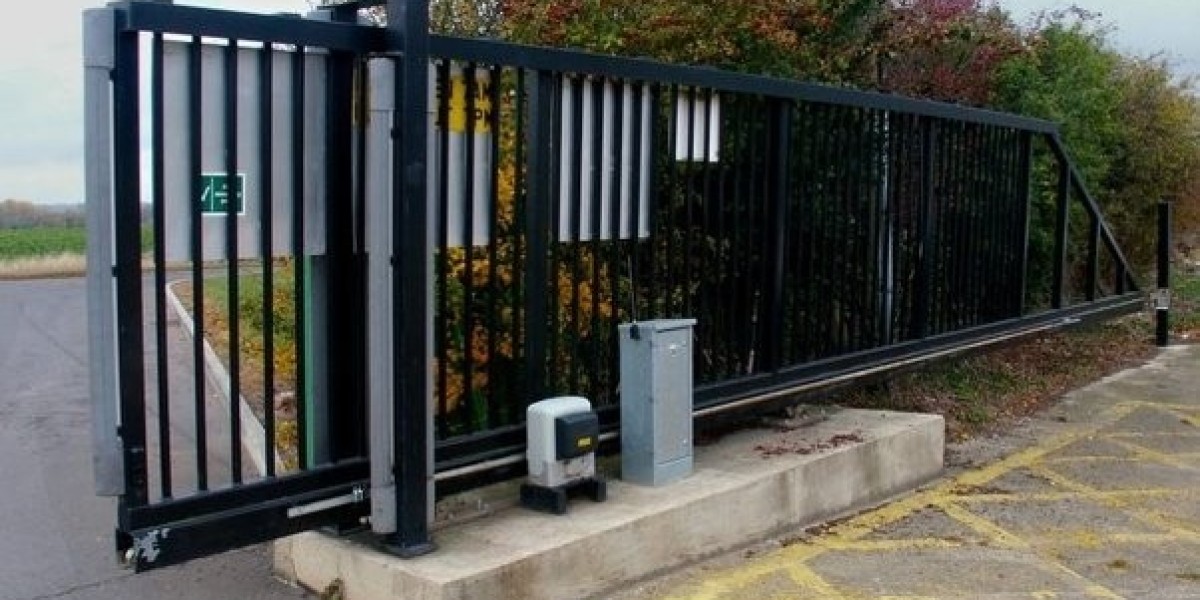1: IoT Use Cases in Manufacturing Industry
1.1: Smart Factory
1.1.1: Predictive Maintenance
In manufacturing, IoT-driven predictive maintenance minimizes downtime and reduces maintenance costs by continuously monitoring equipment health. Sensors collect data on machine vibrations, temperature, and performance, allowing proactive maintenance to prevent breakdowns.
1.1.2: Asset Tracking
IoT asset tracking optimizes inventory management and asset utilization. Real-time location data helps manufacturers keep track of equipment, tools, and materials, reducing losses and improving efficiency.
1.1.3: Supply Chain Optimization
Manufacturers use IoT to gain end-to-end visibility in the supply chain. This includes tracking raw materials, monitoring transportation, and optimizing inventory levels, leading to better resource allocation and cost savings.
1.2: Quality Control and Monitoring
1.2.1: Real-time Monitoring
IoT sensors in manufacturing processes provide real-time data on product quality. Any deviations from set parameters trigger alerts, ensuring quality control and minimizing defects.
1.2.2: Remote Diagnostics
Remote diagnostics through IoT enables experts to assess equipment and product issues remotely. This reduces downtime and travel costs while improving the speed and accuracy of troubleshooting.
1.3: Worker Safety and Efficiency
1.3.1: Wearable Devices
IoT-powered wearables enhance worker safety by monitoring vital signs and environmental conditions. They can detect signs of fatigue or exposure to hazardous environments and send alerts to prevent accidents.
1.3.2: Environmental Monitoring
Environmental sensors in factories ensure that workers are not exposed to harmful substances or extreme conditions. IoT also aids in optimizing lighting, temperature, and air quality for a comfortable working environment.
2: IoT Use Cases in Healthcare Industry
2.1: Remote Patient Monitoring
2.1.1: Continuous Vital Signs Monitoring
IoT devices enable continuous monitoring of patients’ vital signs, such as heart rate and blood pressure. Healthcare providers can receive real-time data and intervene promptly in case of emergencies.
2.1.2: Medication Adherence Tracking
IoT devices help patients adhere to medication schedules. Smart pill dispensers can remind patients to take their medication and send alerts to caregivers if doses are missed.
2.2: Smart Hospitals
2.2.1: Asset Management
Smart hospitals use IoT to track and manage medical equipment, ensuring that devices are available when needed and reducing costs related to equipment loss or misplacement.
2.2.2: Patient Flow Optimization
IoT solutions optimize patient flow, reducing wait times and overcrowding in hospitals. Real-time tracking of patients’ movements helps hospitals allocate resources efficiently.
2.3: Telemedicine and Virtual Care
2.3.1: Remote Consultations
Telemedicine relies on IoT for remote consultations between patients and healthcare professionals. Video conferencing and IoT-enabled medical devices enable comprehensive virtual care.
2.3.2: Home Healthcare Monitoring
IoT devices at home enable healthcare providers to monitor patients remotely. This is especially crucial for chronic disease management, as it allows for early intervention and reduces hospital admissions.
3: IoT Use Cases in Transportation and Logistics Industry
3.1: Fleet Management and Tracking
3.1.1: Vehicle Performance Monitoring
IoT sensors in vehicles collect data on fuel efficiency, engine health, and driver behavior. This information helps fleet managers optimize routes and reduce fuel consumption.
3.1.2: Route Optimization
Route optimization using IoT data minimizes delivery times, fuel usage, and transportation costs. It considers real-time traffic conditions and weather.
3.2: Supply Chain Visibility
3.2.1: Inventory Management
IoT-enabled inventory management provides real-time visibility into stock levels and locations. This reduces overstocking, stockouts, and improves order fulfillment.
3.2.2: Cold Chain Monitoring
In industries like food and pharmaceuticals, IoT monitors temperature-sensitive shipments, ensuring that products remain within the required temperature range throughout the supply chain.
3.3: Smart Traffic Management
3.3.1: Traffic Flow Optimization
Smart traffic management uses IoT data to optimize traffic flow, reduce congestion, and enhance road safety. Dynamic traffic signals and real-time updates to navigation apps help achieve this.
3.3.2: Parking Management
IoT-enabled parking solutions help drivers find available parking spaces in real-time, reducing congestion and emissions from vehicles searching for parking.
4: IoT Use Cases in Agriculture Industry
4.1: Precision Farming
4.1.1: Soil Moisture Monitoring
IoT sensors in agriculture measure soil moisture levels, enabling precise irrigation. This conserves water and optimizes crop yields.
4.1.2: Crop Health Monitoring
IoT devices assess crop health by analyzing data on temperature, humidity, and disease detection. Farmers can take timely action to protect their crops.
4.2: Livestock Monitoring
4.2.1: Animal Tracking
IoT tracking devices are used to monitor the location and behavior of livestock. This helps prevent theft, improve grazing management, and enhance animal well-being.
4.2.2: Environmental Monitoring
Environmental sensors in agricultural settings track factors like temperature and humidity, helping farmers make informed decisions about animal housing and care.
4.3: Smart Irrigation Systems
4.3.1: Water Conservation
Smart irrigation systems use IoT data to optimize water usage. They adjust irrigation schedules based on weather forecasts and soil moisture, reducing water waste.
4.3.2: Irrigation Automation
IoT-controlled irrigation systems automate the watering process, ensuring that crops receive the right amount of water at the right time.
Conclusion
In this blog, we’ve explored the diverse IoT use cases in various industries, ranging from manufacturing and healthcare to transportation, logistics






